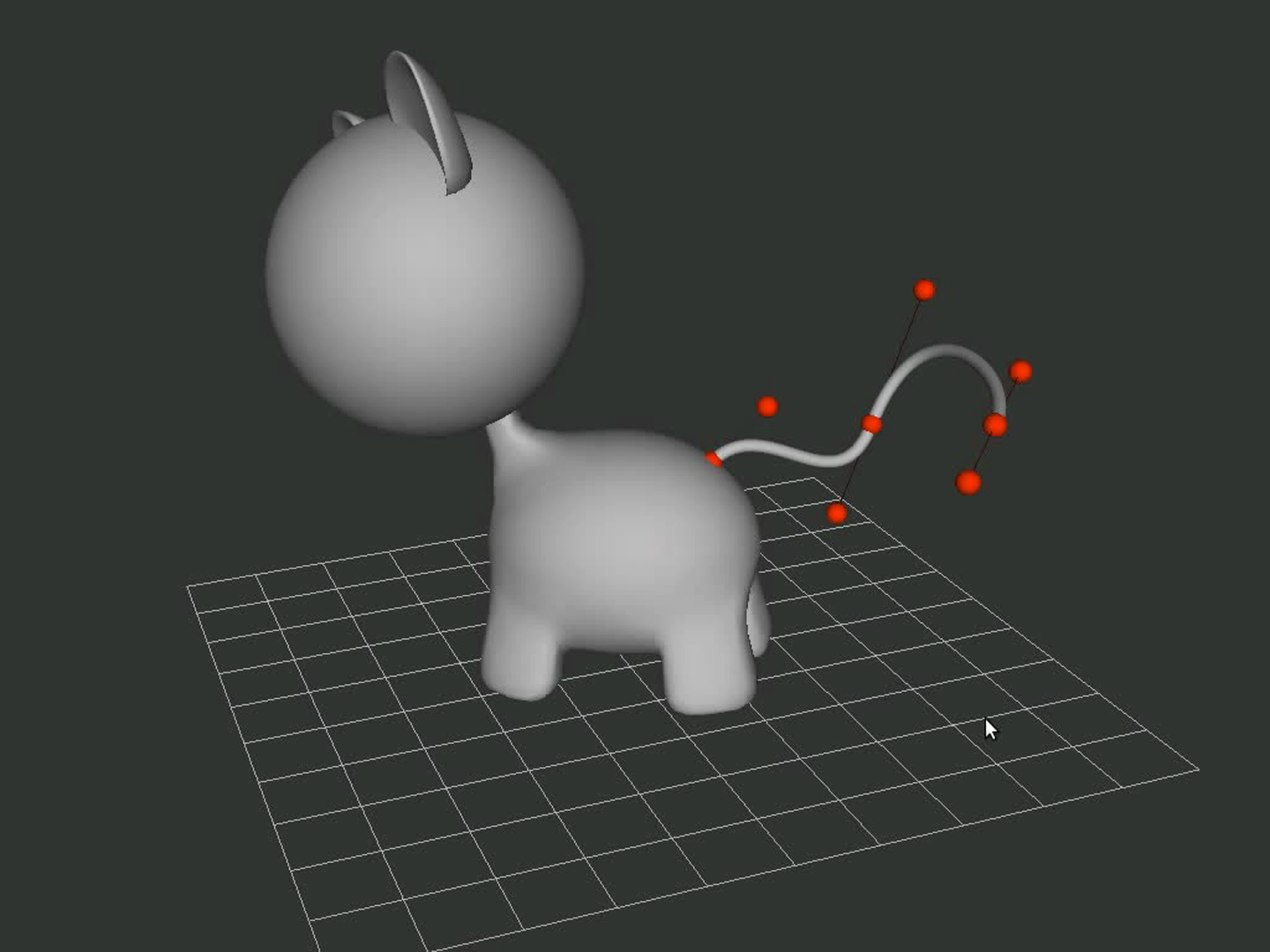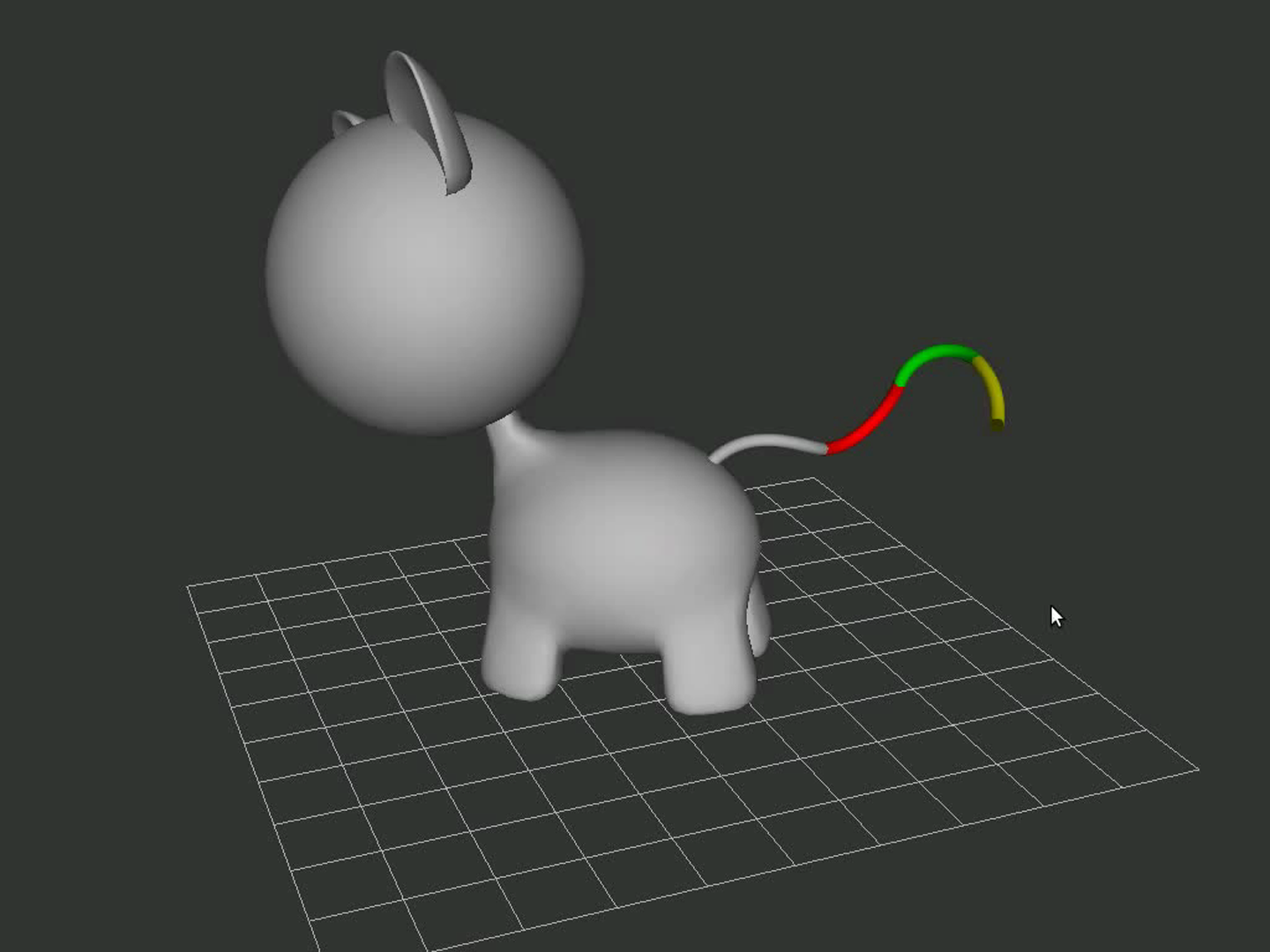“3D inverse dynamic modeling of strands” by Derouet-Jourdan, Bertails-Descoubes and Thollot
Conference:
Type(s):
Title:
- 3D inverse dynamic modeling of strands
Presenter(s)/Author(s):
Abstract:
1D deformable structures, often called strands, are ubiquitous in the real world. They range from plants (grass, lianas, stalks) to creatures organs (hair, tail, tentacles) and manufactured objects (cables, ropes). The realistic modeling and animation of such objects is essential for representing convincing virtual environments. Most often, the design pipeline is split in two distinct parts: the geometry creation process itself, namely geometric design, followed by the computation of motion, namely animation. For the sake of flexibility and control, the geometric design generally relies on a pure geometric process that allows the user to interactively edit curve primitives such as splines. In contrast, the animation of strands is often considered as a passive and complex phenomenon that can be realistically captured using physics-based simulation.
References:
1. Bertails, F., Audoly, B., Cani, M.-P., Querleux, B., Leroy, F., and Lévêque, J.-L. 2006. Super-helices for predicting the dynamics of natural hair. In ACM Transactions on Graphics (Proceedings of the ACM SIGGRAPH’06 conference).
2. Derouet-Jourdan, A., Bertails-Descoubes, F., and Thollot, J. 2010. Stable inverse dynamic curves. ACM Transactions on Graphics (Proceedings of the ACM SIGGRAPH Asia’10 Conference).









